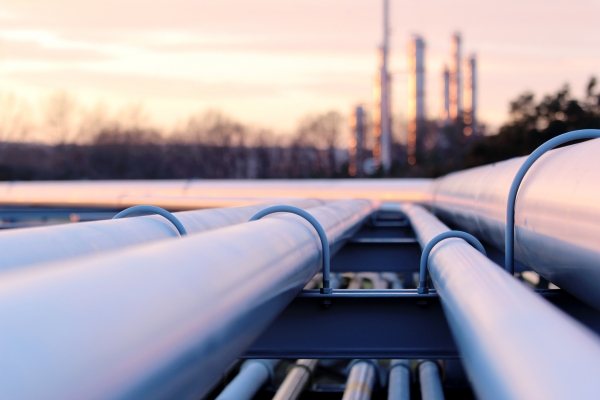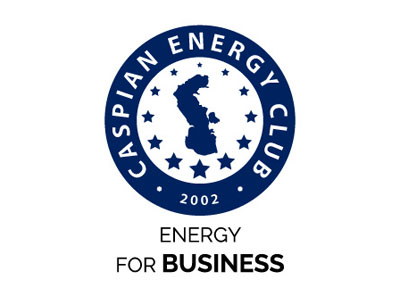European crisis
Over the past 15 years there has been much discussion in Brussels over reduction of Europe’s dependency on Russian gas. Despite the alarm bells of the January 2009 crisis which led to the suspension of the Russian gas transit to Ukraine for two weeks, since then Europe has not been able to diversify sources of natural gas imports, Italian media says. On the contrary, Russian gas supplies via pipelines to Europe increased after 2014, and the import of Russian LNG from the Yamal LNG project, which started in 2017, began.
In 2020, Europe, including Turkey, imported about 185 billion cubic meters (bcm) of Russian gas: 168 billion cubic meters via pipeline and 17 billion cubic meters of liquefied natural gas. It makes about 36% of Europe’s total gas demand of 512 billion cubic meters. According to estimates, in 2021 Europe imported gas in almost the same pipeline/LNG ratio, which altogether accounts for about 34 percent of the increased demand - 540 billion cubic meters. In 2021, the European Union imported 155 billion cubic meters of Russian gas, including 142 billion cubic meters of pipeline gas and 14 billion cubic meters of LNG. EU’s import and consumption dependency on Russian gas makes 45% and 40% respectively.
Therefore, despite all the inconsistency of the geopolitical situation, the EU’s complete rejection of Russian energy carriers is unlikely. Thus, EU High Representative for Foreign Affairs Josep Borrell said that the EU countries have not made final decisions on the oil and gas embargo. Nevertheless, discussions to ban the import of Russian energy carriers are ongoing in Europe and a number of measures are being taken that look sluggish and insufficient.
Italian Eni has signed an agreement with Algerian Sonatrach to increase gas supplies. Additional supplies of up to 9 billion cubic meters per year are expected in 2023-2024, Italian Prime Minister Mario Dragi said. Algeria supplies about 21 billion cubic meters of gas per year (28.9% of the Italian market).
German Chancellor Olaf Scholz has recently announced his intention to build two large port regasification terminals to receive natural gas from Qatar or the United States. The Dutch government has launched a campaign urging people to give up central heating and use gas sparingly. “Our electricity bills are rising, we need to become less dependent on Russian gas, and we want to fight climate change,” the Dutch government said in the nationwide address. The Dutch government announced on April 2 that it would reduce the temperature in 200 offices from 21 to 19 degrees in winter and lower the use of air conditioners in summer.
back-up ellipse
Together with the Persian Gulf countries, the Caspian Sea forms the so-called energy ellipse, in which about 70% of the world’s oil reserves and 40% of natural gas are concentrated, they are linked to the European market by a close network of pipelines and this is one of the most important areas of cooperation between the five Caspian states.
As the main Caspian gas producer and exporter, Azerbaijan has been transporting gas to the EU via the Southern Gas Corridor since the beginning of 2021. The main components of the SGC are the Shah Deniz field, the South Caucasus pipeline (Baku-Georgia-Turkish border), the Trans-Anatolian Gas Pipeline (TANAP) stretching from the eastern toward the western border of Turkey and the Trans-Adriatic Gas Pipeline (TAP).
Total gas supplies via the Southern Gas Corridor - (SGC) connecting Shah Deniz field in Azerbaijan with Greece, Albania and southern Italy – are intended to 16 bcm, of which 10 bcm flow to Europe and another 6 bcm toward western regions of Turkey. Supplies to Turkey began in summer of 2018. Azerbaijani gas deliveries from Shah Deniz field to Europe, for consumers in Italy, Greece and Bulgaria, began on December 31, 2020. Exports to Europe are carried out via the Trans-Adriatic Gas Pipeline (TAP), with the capacity of 10 billion cubic meters per year. Discussions to double the capacity of SGC are currently underway.
Since the beginning of 2021 until January of the current year, the Southern Gas Corridor supplied over 18.5 bcm to Georgia, Turkey and European countries. Over this period, based on the long-term contracts and short-term spot operations, around 8.9 bcm of Azeri gas has been supplied to the European states alone. For 2022, the volume of deliveries is planned at the level of 9 billion cubic meters, for 2023 – 11 billion cubic meters.
In 2022, high energy prices nearly equalized oil and gas revenues for the first time, making the gas business even more attractive than oil. Revenues gained by the State Oil Fund of Azerbaijan (SOFAZ) from the sale of profit oil and gas produced on the Azeri-Chirag-Guneshli (ACG) block and the Shah Deniz field amounted to $1 billion 534,557 million in January-February 2022, which is 2.6 times higher than the figure registered at the same period of last year, Caspian Energy reports.
SOFAZ’s revenues from the sale of profit oil from the ACG block reached $1 billion 307 million during January-February 2022. Total revenues from the sale of profitable gas and condensate produced from the Shah Deniz field constituted $227.557 million (growth by 64.3 times) during January-February 2022. Moreover, revenues from sale of condensate amounted to $22.172 million.
According to the data of the Fund, the total receipts to SOFAZ from the sale of Azerbaijan’s profitable oil from the ACG block for the period from 2001 to March 1, 2022 amounted to $156 billion 680 million, from the sale of profitable gas and condensate from the Shah Deniz field for the period from 2007 to March 1, 2022 - $4 billion 779 million.
In addition to Shah Deniz, offshore gas fields discovered in the last decade will make it possible to increase production and exports to Europe in the next decade after 2020. Development of fields such as Umid (200 billion cubic meters of gas and 40 million tons of condensate), Babek (400 billion cubic meters of gas and 80 million tons of condensate), Shafag-Asiman (300 billion cubic meters of gas) and Nakhchivan (300 billion cubic meters of gas) will improve the situation with energy security for the long term.





